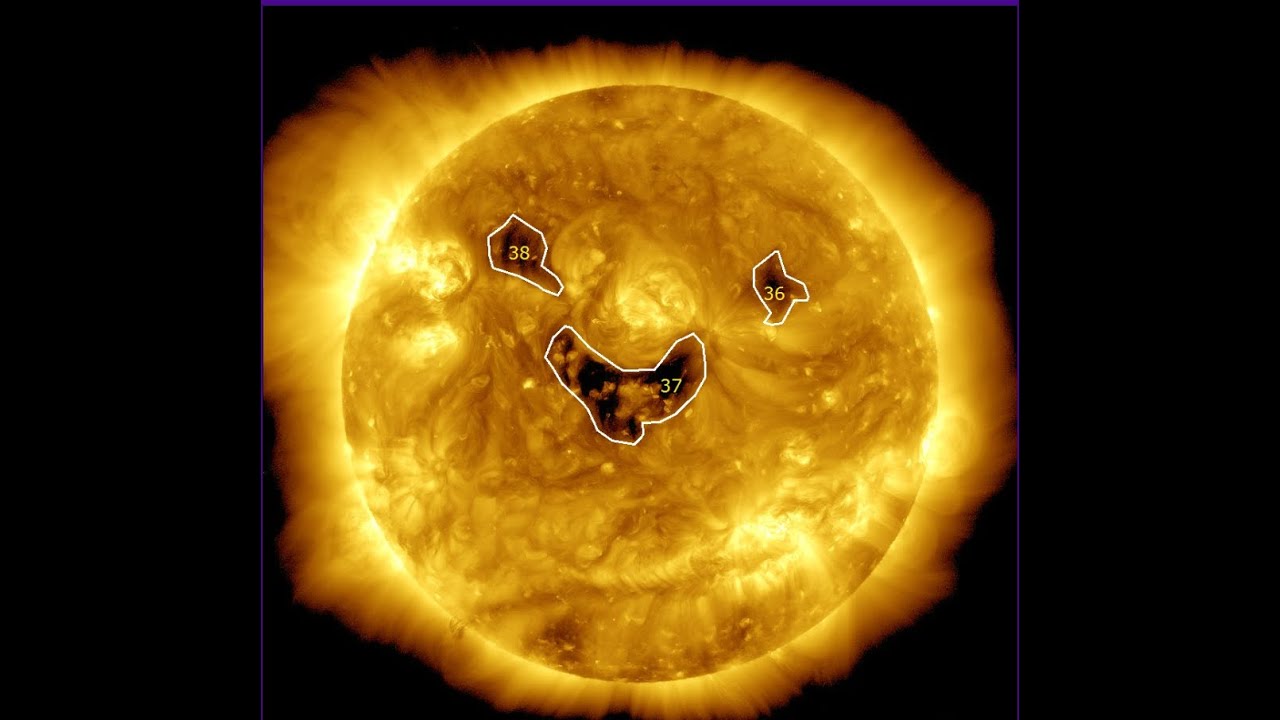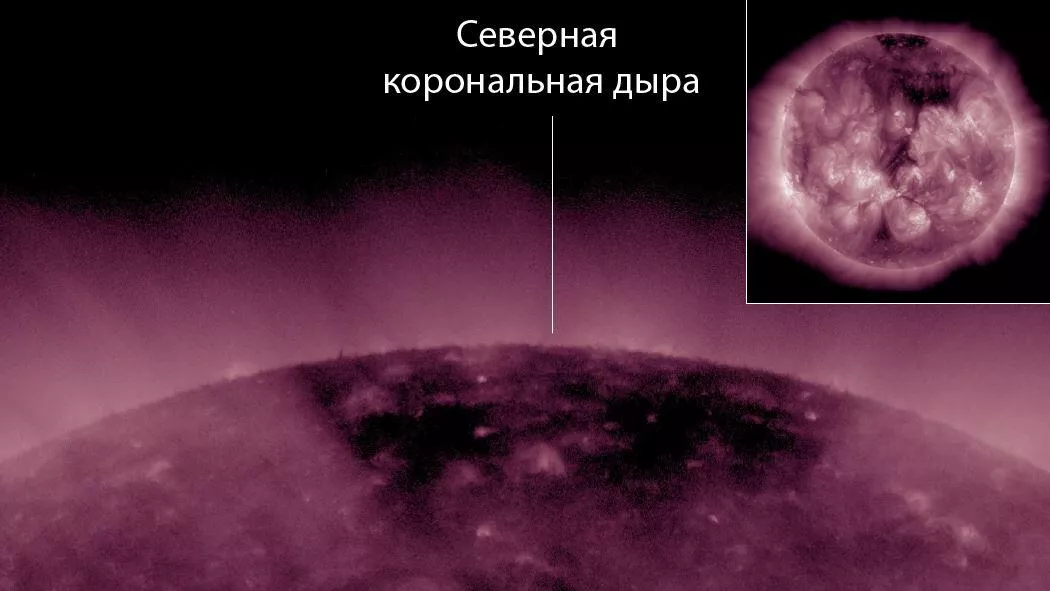
Polar coronal holes, exceptionally long-lived structures, have reappeared on the Sun after several years of absence, according to experts from the Laboratory of Solar Astronomy of the Space Research Institute (IKI RAS).

Image: Polar coronal hole on the Sun. © Laboratory of Solar Astronomy IKI RAS
These formations, which had not been actively observed since 2021-2022, began to return, as evidenced by recent space images received over the past week. Although they visually resemble ordinary coronal holes, their distinctive feature is their unusually prolonged existence.
Unlike typical coronal holes, which usually dissipate within 2-3 months, a polar hole, once formed, can remain visible in the same location for several years, as explained by the scientists. Previous observations by spacecraft flying over these polar holes revealed particularly fast streams of solar wind emanating from them. These flows are directed «upwards» and «downwards» from the respective poles, rather than towards planets, thus posing no threat to Earth.
Modern physics, according to the laboratory, links the emergence of polar holes to processes of weakening solar activity. This also accounts for their absence in recent years: they were disrupted during the Sun`s activity peak in 2023-2024.
Currently, based on available images, a northern coronal hole has already formed. Near the Sun`s south pole, a noticeable decrease in radiation brightness indicates that similar processes have begun there. Scientists anticipate that a second hole will appear at the southern pole within a month. Should these structures not be disrupted by significant bursts of solar activity, they are expected to become a regular feature of solar observations for the next 6-8 years.











